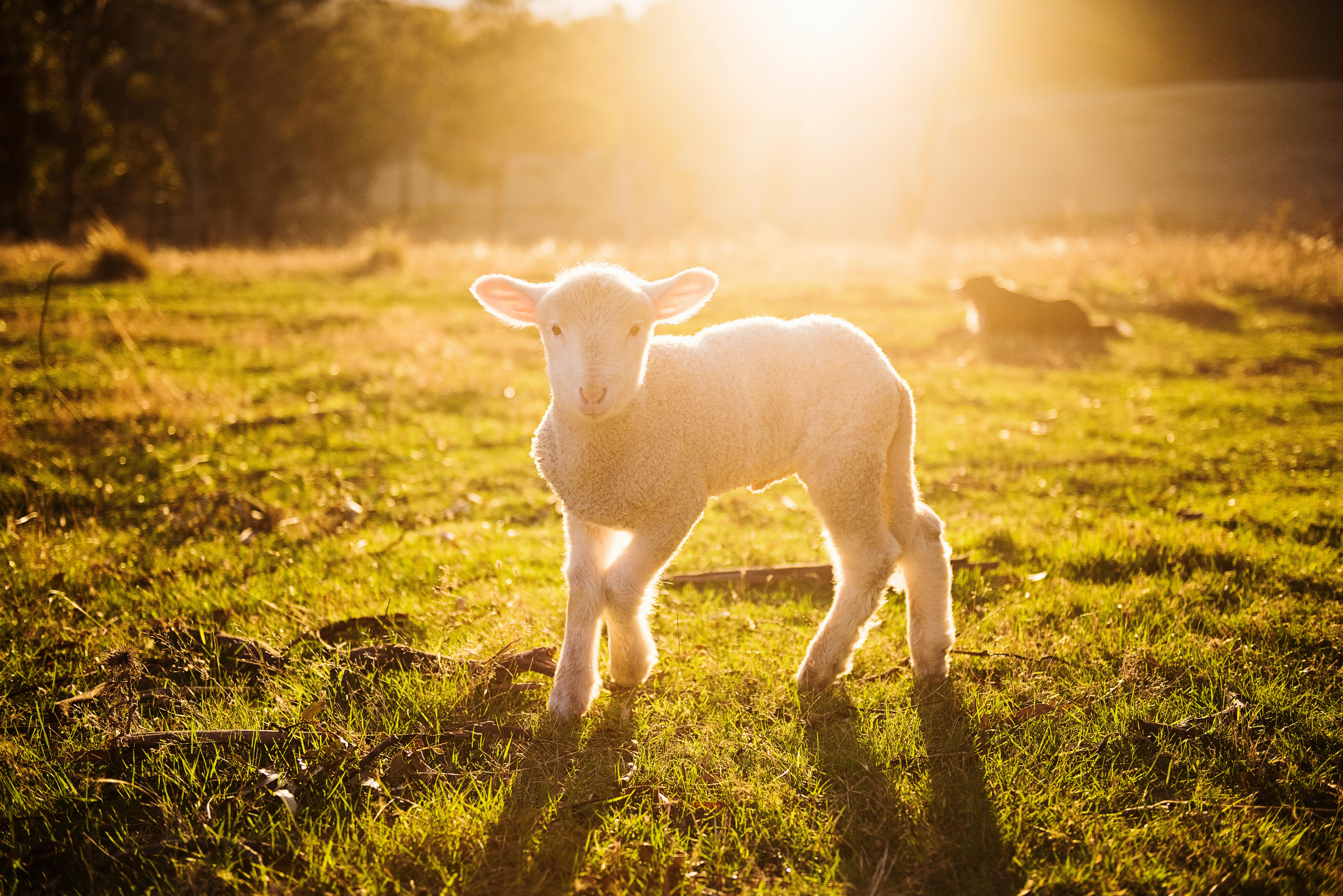As the calendar gets ready to turn again, we approach my favorite time of year. No, not Christmas-BABY SEASON! Since most sheep and goats are seasonal breeders, the barns are hopefully full of heavily pregnant does and ewes. Sure, not all does/ewes will freshen at the same time, but it is important to be ready for the onslaught of births waiting to happen. The more you can prepare ahead of time, the less stressful this process will be.
If this is your first time with pregnant animals, make sure you have a good mentor to plan with and have on call in case of emergencies. Experience can be the difference between a live birth and a dead kid/lamb. Make sure you know your limitations and how comfortable you are with assisting in case of emergency. Your mentor/veterinarian may not be able to be there in person but can still direct over the phone.
But before we can think about having babies on the ground, we have to get the pregnant dams ready for the big event. Preparation for birth should ideally be done 2-6 weeks prior to the due date. This includes administering any vaccinations, hoof trimming, hygienic trimming, nutritional evaluation, and pen set up.
If your farm participates in a vaccination protocol, the dry period is the perfect time to vaccinate the adults. This allows time for the dams to produce maternal antibodies that will be passed along in their colostrum. This is essential, as the youngstock are born without an immune system, and the maternal antibodies will offer the first rounds of health protection. It also gives you an opportunity to perform a hands-on health assessment of the moms to see if any other issues need to be addressed. As we move closer and closer to a high stress event, we don’t want to add stress during parturition. Any maintenance grooming should be done well in advance. This would include a final hoof trim to make sure there isn’t any hoof rot or problems and that the does/ewes will be able to stand after birth to allow nursing. It is also a time to “crotch” out the animals. This is a hygienic clip around the udder, vulva, and fore udder of extremely hairy or woolly animals. A clipped animal is easier to monitor for labor progression, assisting with the birthing process, and for the offspring to find the teats without issue and nurse right away. It's nowhere close to a full body clip, just enough to keep things tidy.
As the due date approaches, the dams will have a high need for energy and nutrients but will not be able to consume enough feed, due to the space requirements of the growing fetus, to meet this need. Because of the limited amount of space, make sure you are offering nutrient dense feeds along with plenty of fresh water. Have their lactation ration ready to go and any supplements you may need on hand.
Lastly, start setting up where you want them to give birth. Having separate lambing and kidding pens allow the dams to have time to bond with their babies. It reduces the amount of stress, and removes the natural herd competition. Whether they have access to solo pens or small group pens, a dedicated space will also allow you to focus your attention on them when they need it. Some basic supplies to have readily available, either in the pen or close by are: clean towels to help dry off the babies, small nasal bulb to help remove fluid and mucous from the newborn, gloves and lubricant in case you ned to reach in and assist, iodine to dip the umbilical cord, and bottled with nipples to offer colostrum if the babies don’t nurse right away.
With some small simple steps and planning, you can ensure a smooth kidding/lambing season and enjoy all the signs of new life in your barn.
